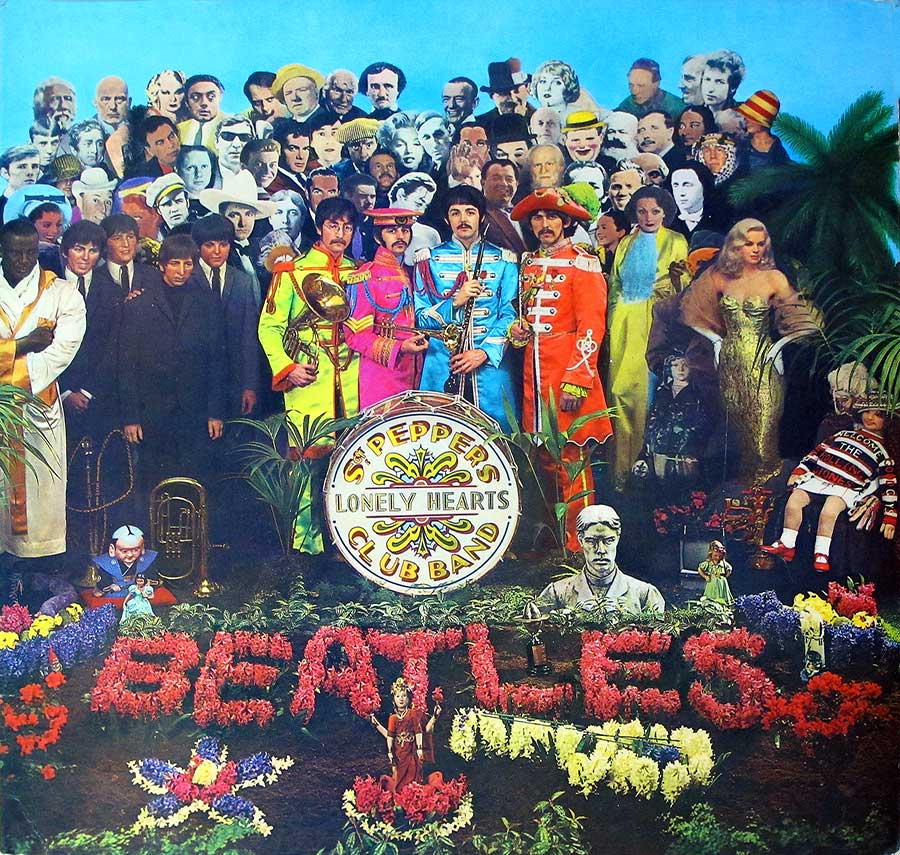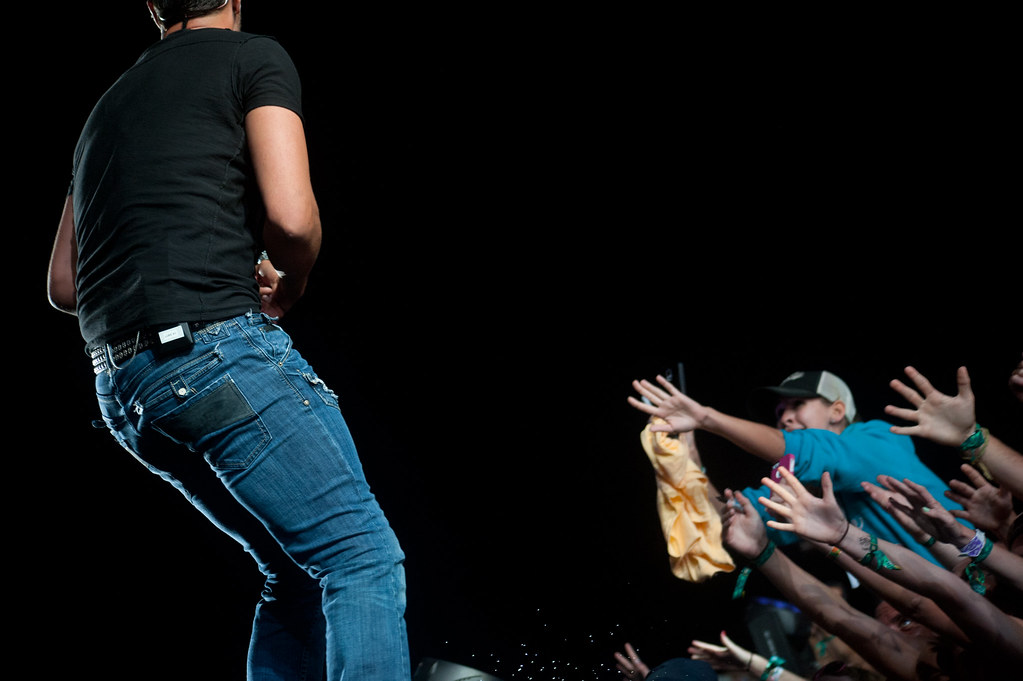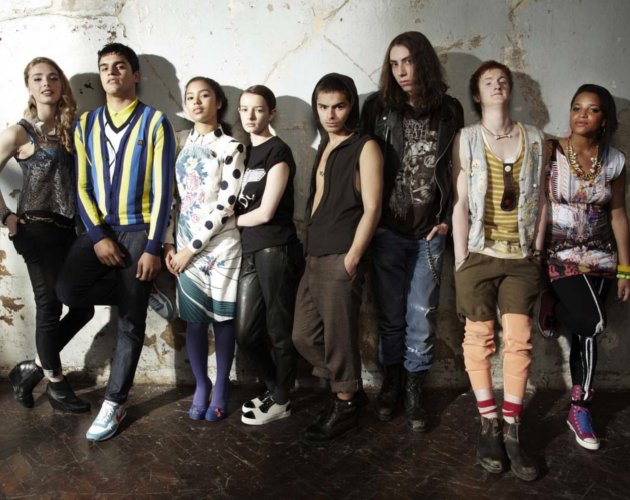
Music has long served as a powerful mirror reflecting societal values, fears, and aspirations. Yet, its capacity to challenge norms, spark debate, and push boundaries has often placed it squarely in the crosshairs of censorship. Throughout history, certain songs have ignited such controversy that they faced bans from radio stations, were censored, or even outlawed in various countries, revealing as much about the prevailing cultural anxieties as they do about artistic expression.
These forbidden tracks, ranging from seemingly innocent Christmas carols to searing political anthems, have shaped American culture in ways that authorities and radio stations never anticipated. From coast to coast, music has been targeted for myriad reasons: perceived drug references, overt religious imagery, potent political statements, or simply unsettling the masses. The stories behind these censored hits often chronicle artists enduring FBI investigations, while others witnessed their careers explode from the very controversy intended to suppress them.
The narratives surrounding banned music offer a unique lens through which to examine America’s evolving moral landscape, political tensions, and social anxieties. They underscore the enduring power of melody and lyric to provoke, to unite, and to ultimately transcend efforts at suppression, often reaching wider audiences precisely because of the attempts to silence them. This article delves into some of the most prominent examples, exploring the specific triggers for their bans and the lasting impact they had on both the artists and the cultural consciousness.

1. **“Like a Prayer” by Madonna**Religious controversy erupted when Madonna released “Like a Prayer” in 1989. Mixing Catholic imagery with ual themes, the track sparked outrage from religious organizations nationwide. The provocative music video, featuring burning crosses, stigmata imagery, and Madonna kissing a Black saint, led station managers to pull the song from rotation. This widespread condemnation from groups such as the American Family Association and The Vatican underscored the profound cultural clash.
The ban, however, backfired spectacularly, transforming intended suppression into a masterclass in unintentional promotion. The track shot to #1 on the Billboard charts within weeks as curious listeners rushed to hear what all the fuss was about. Many purchased the single specifically because of the controversy, demonstrating a potent consumer response to censorship. Pepsi, which used the song in a commercial, canceled its advertising campaign under pressure, and Pope John Paul II encouraged boycotts of Madonna’s concerts in Italy in 1990.
Despite religious outcry and commercial withdrawals, “Like a Prayer” sold 5 million copies, cementing its status as a cultural phenomenon that defied moral policing. The song, along with its controversial video, remains a testament to Madonna’s ability to challenge conventions, even facing restrictions in countries like Egypt and Russia. Its enduring presence on airwaves today serves as a reminder of its powerful initial impact and ultimate triumph over attempts at suppression.

2. **“Light My Fire” by The Doors**A single line irrevocably altered rock history during The Doors’ appearance on The Ed Sullivan Show in 1967. Hours before broadcast, producers confronted Jim Morrison, demanding he alter “girl, we couldn’t get much higher” to avoid drug implications, suggesting “girl, we couldn’t get much better.” Morrison, the leather-clad frontman, agreed backstage, but harbored distinct intentions to defy the directive.
When cameras rolled, Morrison fixed his gaze upon the lens and defiantly delivered the forbidden lyrics precisely as written, uttering the contentious phrase to 30 million viewers. This direct challenge infuriated producers, who immediately blacklisted The Doors from future appearances. Concurrently, conservative radio stations across America’s heartland promptly yanked the song from their playlists, initiating widespread bans.
Morrison’s split-second decision transformed him from rock singer into an enduring counterculture icon overnight. His defiant performance turned a routine television appearance into one of rock’s most memorable acts of rebellion, a “you’re not the boss of me” moment that resonates still. The BBC also banned this song 24 years later, this time due to the word “fire,” to avoid upsetting listeners during the Persian Gulf War, highlighting shifting reasons for censorship.

3. **“Lucy in the Sky with Diamonds” by The Beatles**”Lucy in the Sky with Diamonds,” released in 1967, was almost immediately shadowed by accusations of hidden drug references. BBC Radio banned the track, assuming the title’s initials—LSD—promoted psychedelic drug use. This decision came despite John Lennon’s repeated explanations that the song’s inspiration stemmed entirely from a school drawing by his son, Julian.
American radio stations swiftly followed the BBC’s lead, amplifying censorship. The song’s surreal lyrical content, featuring “tangerine trees” and “cellophane flowers,” strengthened censors’ convictions about underlying drug messaging. This literal interpretation overshadowed the artistic qualities, focusing instead on a perceived subversive agenda.
Despite widespread bans, the song’s captivating and ethereal quality ensured its enduring legacy in music history, resisting suppression. The very childhood drawing that launched a thousand radio bans later sold at auction for $87,000, underscoring the irony of its controversial origin. This incident shows how censorship often fails to impede artistic impact. It was also banned by Clear Channel Communications after 9/11, recontextualizing it for new reasons.

4. **“Cop Killer” by Body Count**Body Count’s “Cop Killer,” released in 1992, generated unprecedented political backlash, its timing particularly incendiary just weeks before the Los Angeles riots. The song, a heated narrative about a victim of police brutality who retaliates violently, drew the immediate ire of law enforcement agencies nationwide. Police organizations demanded boycotts of its distributor, Time Warner, signaling a direct confrontation.
The controversy quickly escalated; President George H.W. Bush publicly condemned the song. Pressure mounted on Warner Bros. from multiple fronts, including shareholder threats and death threats to executives. Despite Ice-T’s defense of the song as protest, institutional pressure became overwhelming. Warner Bros. ultimately removed the track from all future album pressings.
This marked one of the rare instances where institutional pressure successfully curtailed a song’s reach, leading some countries, like New Zealand, to attempt a complete ban. In a remarkable twist, Ice-T himself decided to pull the track to protect record store employees from physical threats. This act highlighted a profound tension between artistic defiance and human consideration, demonstrating an artist’s humanity prevailing in an extreme case of censorship.

5. **“Street Fighting Man” by The Rolling Stones**In the tumultuous climate of the 1968 Democratic National Convention, Chicago radio stations banned “Street Fighting Man” by The Rolling Stones. That year had been scarred by assassinations, and societal tensions were at a breaking point. Authorities feared Mick Jagger’s lyrics, specifically “the time is right for fighting in the street,” could incite violence amid ongoing clashes between protesters and police.
Local censorship efforts were stringent; authorities confiscated all copies of the record from local stores. Several radio stations defying the ban received bomb threats, underscoring the intense public and official reaction. The perceived threat of the song’s message during a period of intense social unrest led to significant suppression efforts, even as the song itself reflected widespread sentiment.
Despite initial blacklisting, “Street Fighting Man” earned its place in history as a powerful anthem that perfectly encapsulated 1968’s revolutionary atmosphere. Music historians later recognized its profound relevance, with Rolling Stone magazine ranking it 301st on their “500 Greatest Songs of All Time” list. The song exemplifies how art, even when censored, can enduringly capture and represent its time, ultimately overcoming resistance to become a cultural touchstone.

6. **“The Pill” by Loretta Lynn**Country music confronted feminism directly with Loretta Lynn’s 1975 release, “The Pill.” Celebrating women’s reproductive freedom through contraception, the song faced immediate bans across over 60 radio stations, particularly in conservative Southern markets. Lynn’s candid lyrics about a rural woman’s excitement over birth control after years of unwanted pregnancies shocked country music gatekeepers.
The controversy extended beyond radio bans, as the Grand Ole Opry pressured Lynn to remove the song from her performances. Despite minimal radio support—a critical factor for success in country music—the song achieved significant crossover success. It became Lynn’s highest entry on Billboard’s Hot 100, reaching number 70, a remarkable feat given widespread opposition.
In later years, “The Pill” transcended its controversial origins to become an unexpected public health announcement. Loretta Lynn received countless letters from rural women who credited the song as their initial introduction to contraceptive options, highlighting its unintended but significant societal impact. This instance serves as a rare example where a banned country song facilitated crucial dialogue about women’s autonomy and health, operating as a subversive educational tool.



